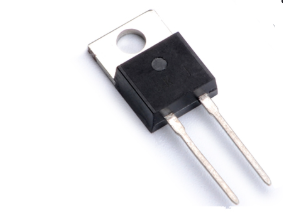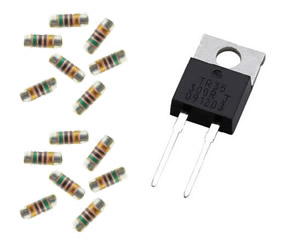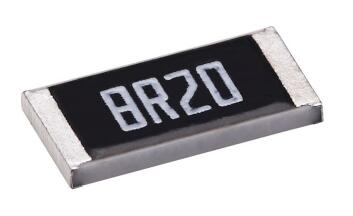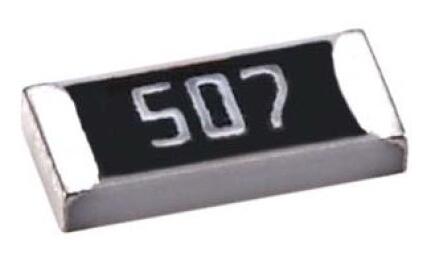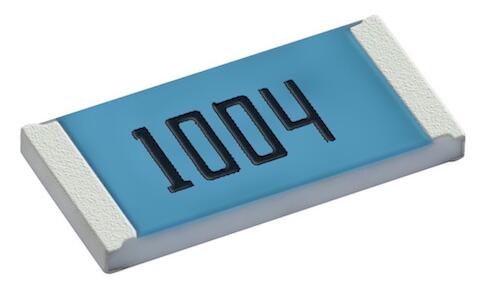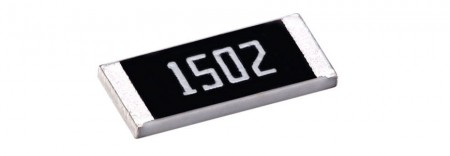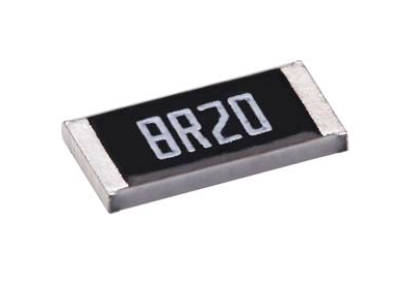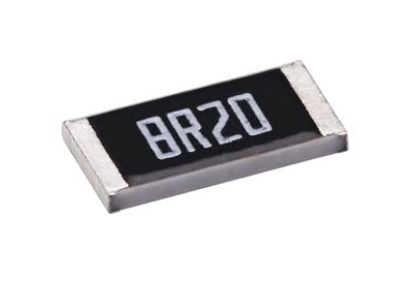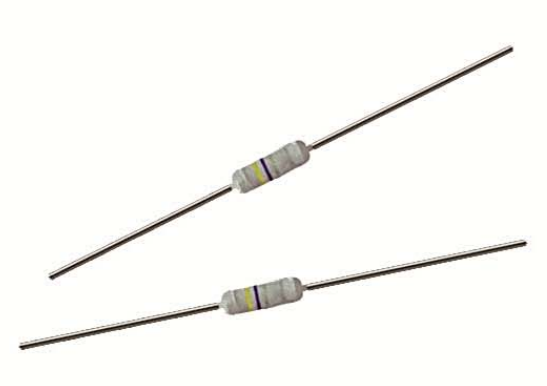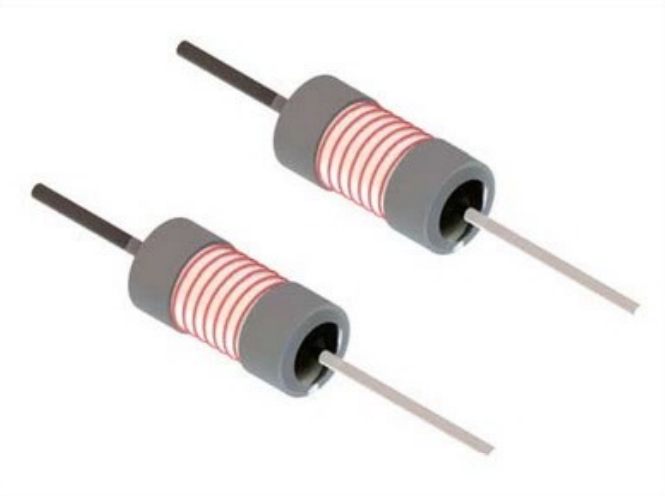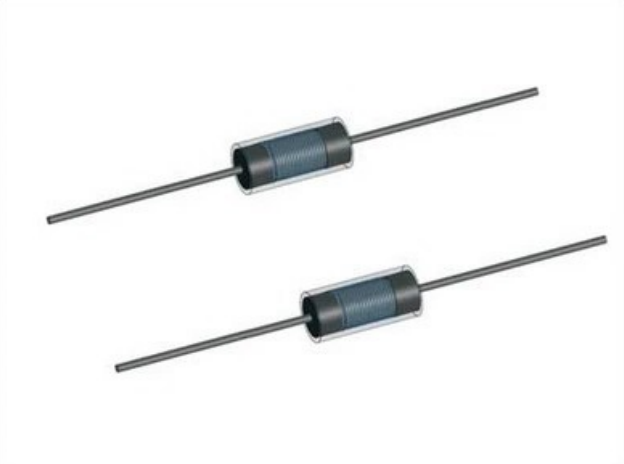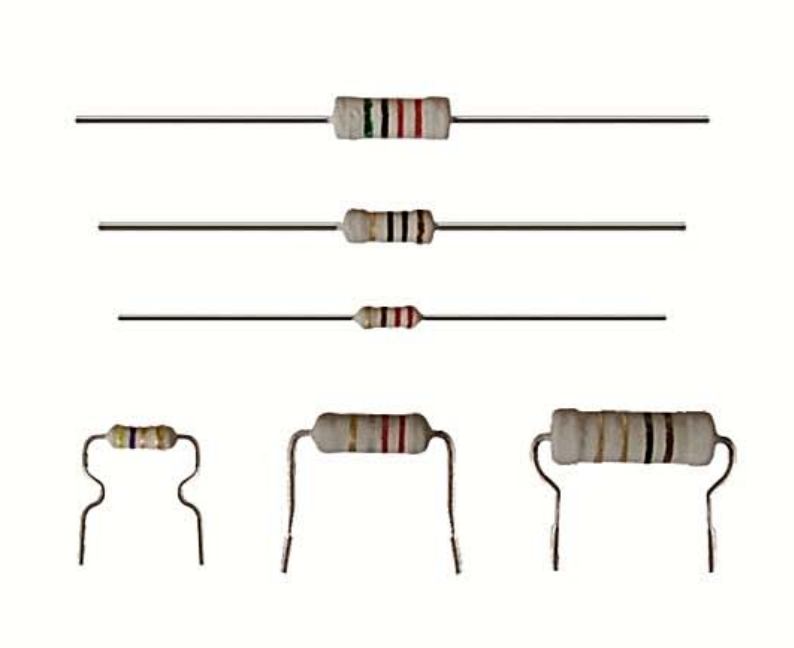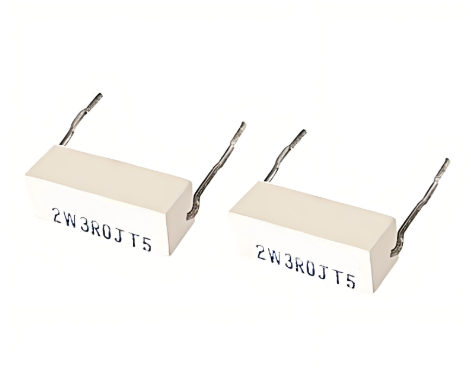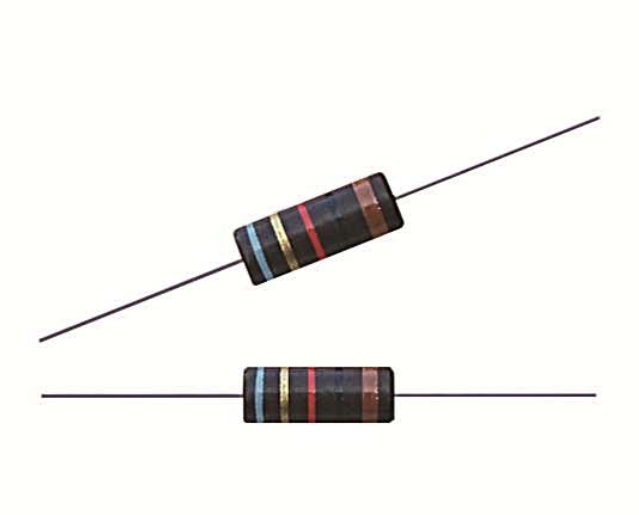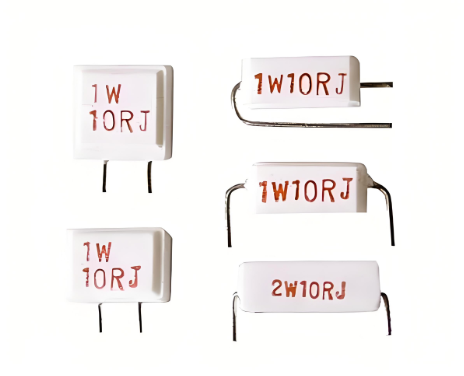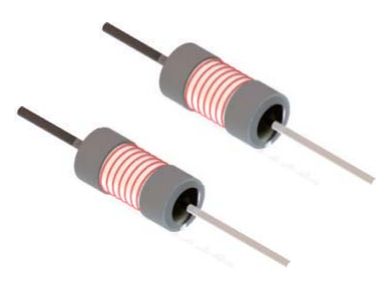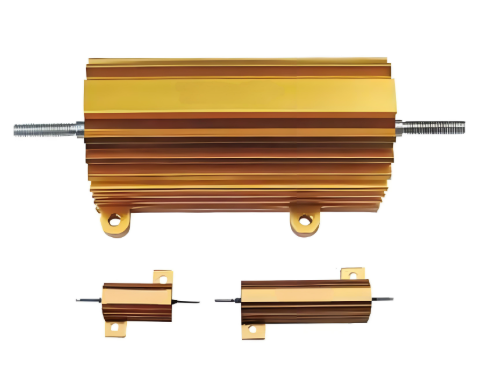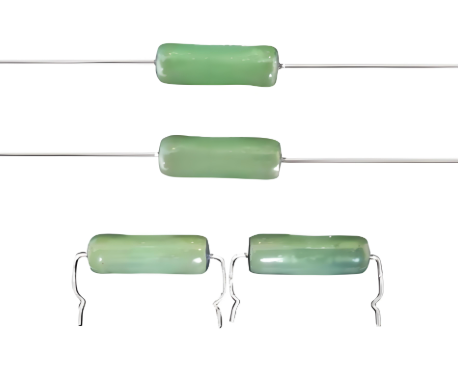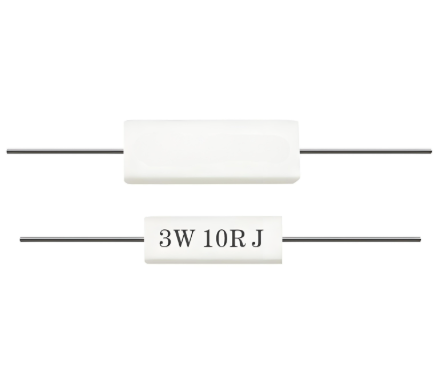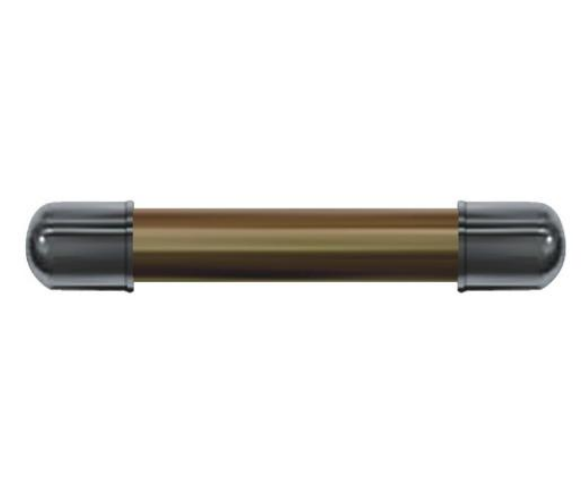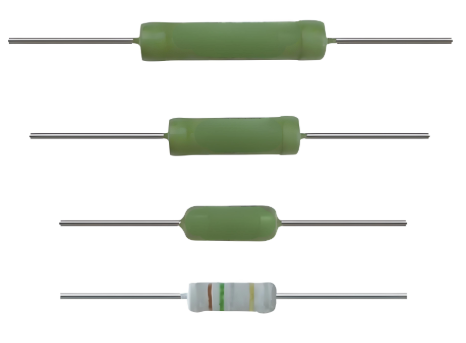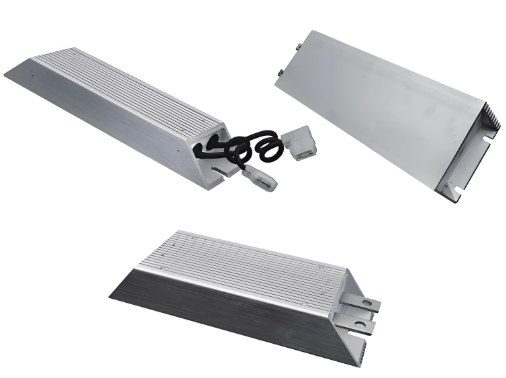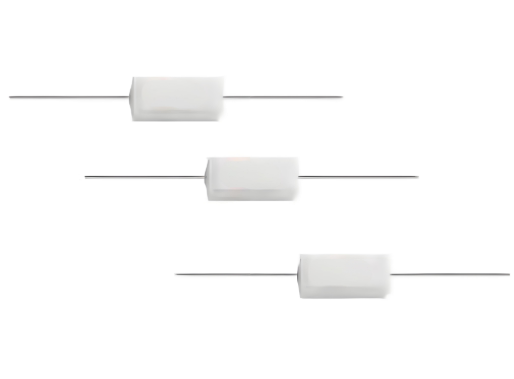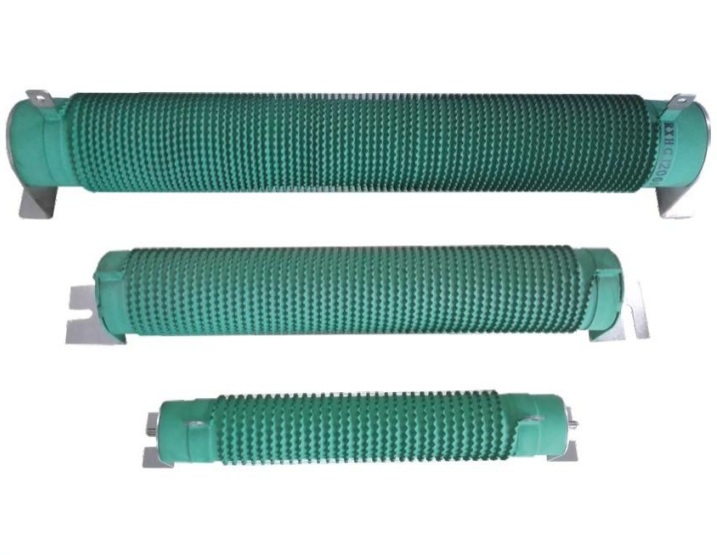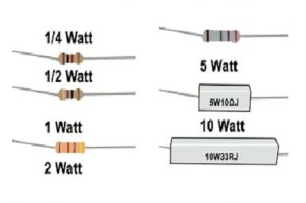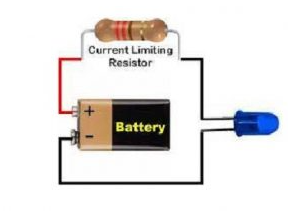-
The Critical Role of High Power Resistors in 5G Infrastructure
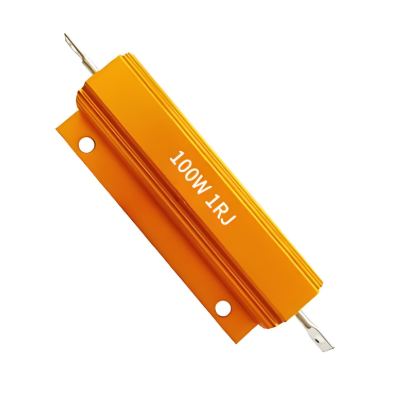
<!-- Introduction -->Introduction: The Critical Role of High Power Resistors in 5G InfrastructureAs 5G networks expand globally, the demand for high-power resistors in 5G base stations grows exponenti...
-
Ensuring Charger Safety: The Critical Role of Safety Resistors in Modern Power Systems
![]()
IntroductionIn today's fast-paced world, the safety and reliability of electronic devices are paramount. Chargers, as essential components of modern power systems, play a crucial role in ensuring ...
-
The Critical Role of Lead-Free Resistor Tolerance in Modern Electronics and How to Choose the Right One
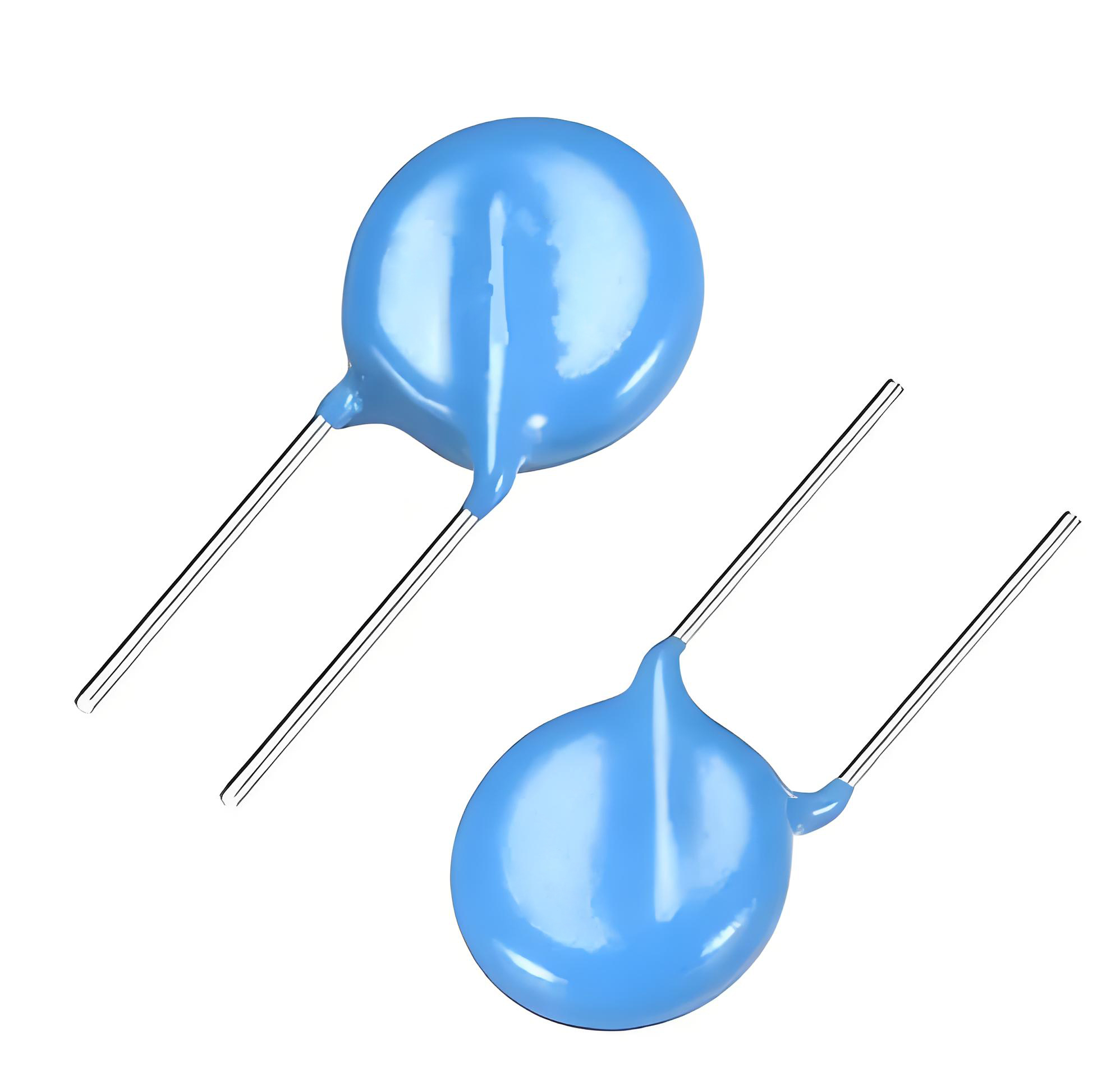
The Critical Role of Lead-Free Resistor Tolerance in Modern Electronics and How to Choose the Right OneResistors, often considered the workhorses of electronic circuits, are tasked with the critical j...
-
Optimizing RF Prototypes: The Critical Role of Jumper Resistors in High-Frequency Circuit Design and Testing

IntroductionIn the realm of high-frequency circuit design and testing, optimizing RF prototypes is crucial for achieving optimal performance and reliability. One often overlooked yet essential compone...
-
Unlocking the Potential of Milliohm Resistors: Precision Current Sensing and Power Conversion in Modern Telecommunications Infrastructure
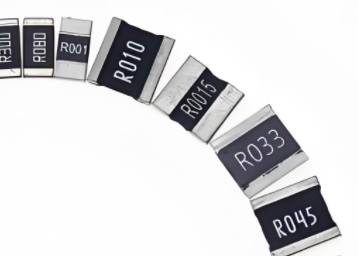
IntroductionIn the rapidly evolving landscape of telecommunications, the need for efficient and reliable power management and signal processing has never been more critical. One often overlooked yet c...
-
Why Aluminum Nitride (AlN) Substrates Are Critical for High-Frequency, High-Power Resistor Performance
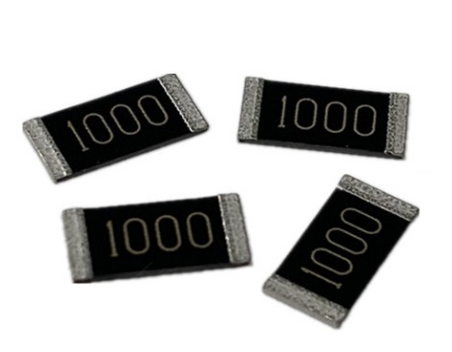
<nav></nav>IntroductionAs 5G base stations, satellite transponders, and pulsed radar systems push into millimetre-wave bands, the once-obscure aluminum nitride substrate has become the decisive layer ...
-
High Frequency Resistor Selection Guide for RF, Microwave, and 5G Circuits – Design Tips, Datasheet Insights & Buying Advice
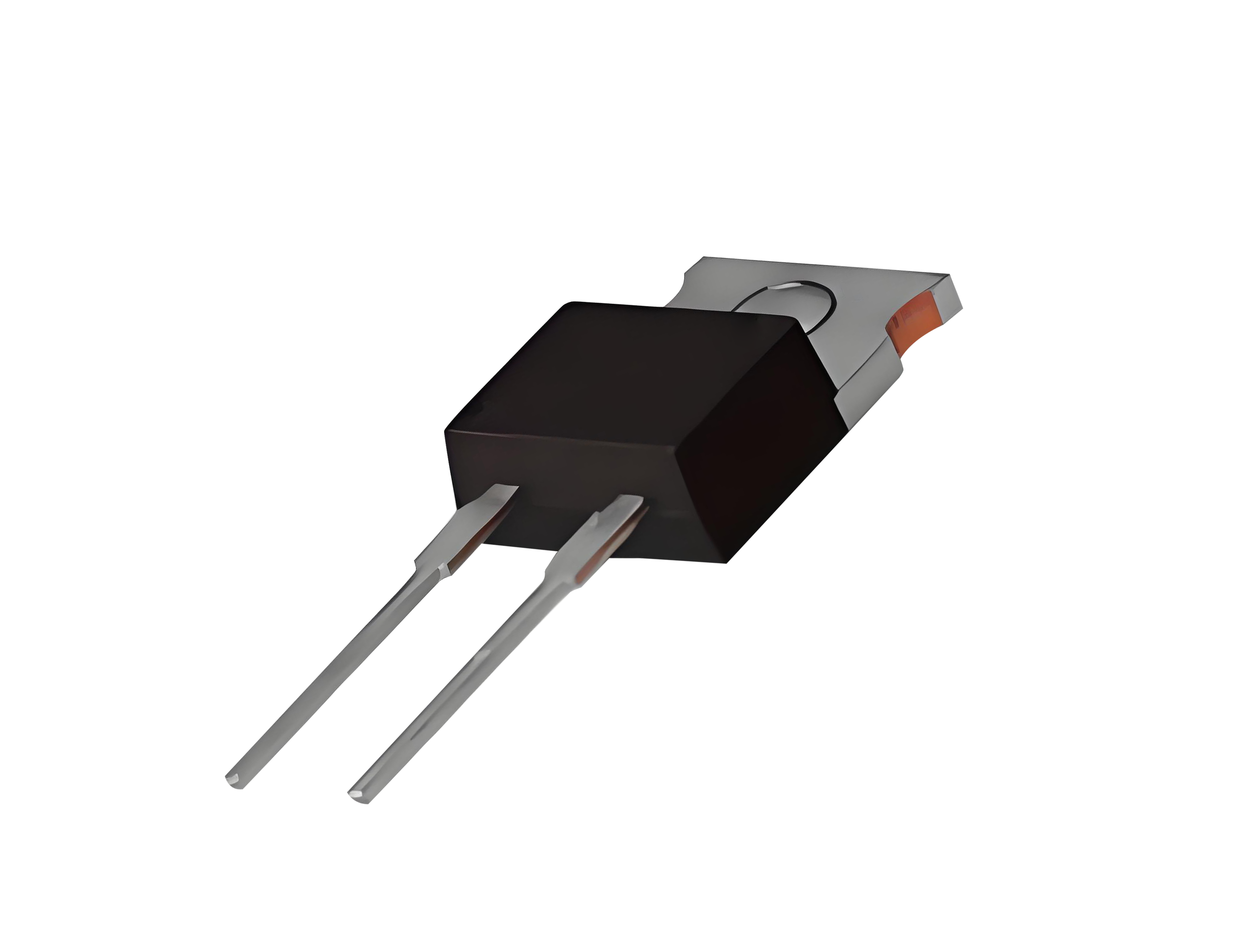
Title: High Frequency Resistor Selection Guide for RF, Microwave, and 5G Circuits – Design Tips, Datasheet Insights & Buying AdviceIntroductionThis High Frequency Resistor Selection Guide for RF...
-
Thin Film vs. Thick Film: Which High-Frequency Resistor Technology is Best for Your 5G PCB?
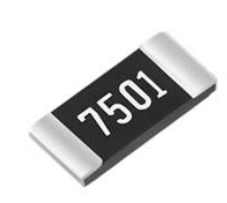
Introduction: The Heart of the Matter in 5G DesignThe relentless drive for faster data rates, lower latency, and higher network density in 5G technology pushes every component on a PCB to its performa...
-
High Precision Metal Film Resistors: Ultimate Accuracy for Critical Circuits
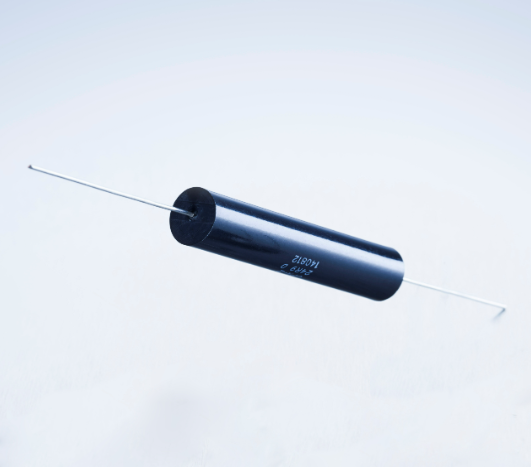
High precision metal film resistors are applicable to fields such as analog signal acquisition and precision instruments and meters.● Products with military standard certification.● High stability...
-
Precision Resistors in Medical Devices: Ensuring Accuracy and Reliability for Critical Applications
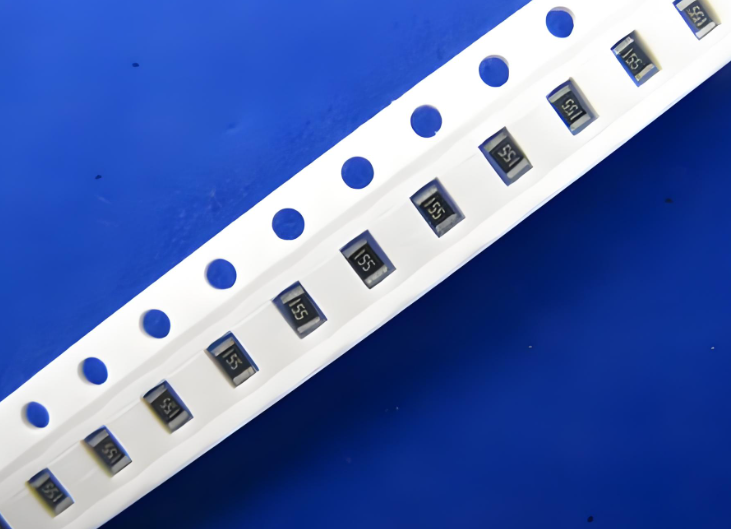
IntroductionIn the realm of medical devices, precision is not just a preference—it's a necessity. Precision resistors play a crucial role in ensuring the accuracy and reliability of medical equi...
-
Temperature-Stable High Precision Metal Film Resistors for Critical Designs
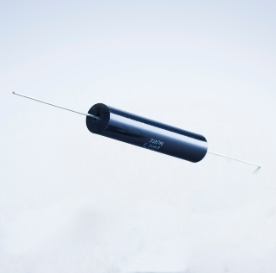
Temperature-Stable High Precision Metal Film Resistors are indispensable components when it comes to critical designs in various sophisticated electronic systems.These resistors are meticulously engin...
-
Carbon Disc vs Carbon Composition Resistors: Noise, Power Handling & Which to Choose for Audio/Power Circuits

Carbon disc and carbon composition resistors are both legacy components valued for their low cost and organic material composition, but their differences in noise, power handling, and stability make t...
-
180W Four Terminal Ultra Long Creepage Distance Power Resistor | High Voltage Resistance, Non-Inductive Design for Industrial Power Supplies, Motor Control, and Renewable Energy Systems
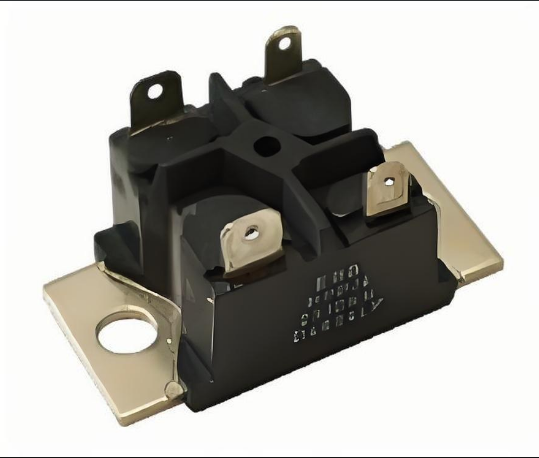
1. Key Technical Specifications of the 180W Four Terminal Ultra Long Creepage Distance Power ResistorTo understand why this resistor stands out, let’s break down its core parameters—critical for e...
-
Power Shunt Resistors vs. Current Sensors: Which is Best for Your Application
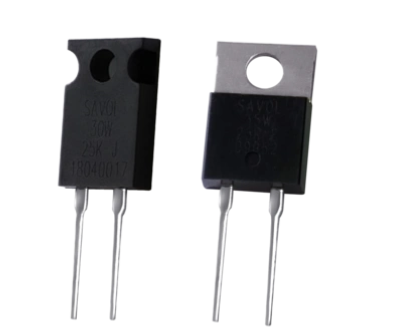
IntroductionWhen designing electronic systems that require current measurement, engineers often face a critical choice: power shunt resistors or current sensors Each solution has distinct advantages d...
-
How Alloy Resistors Enable Accurate Current Sensing in Power Electronics
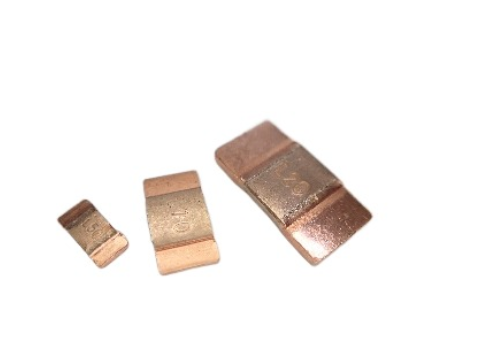
<!-- Introduction -->Precision Current Measurement: The Critical Role of Alloy ResistorsIn power electronics systems, accurate current sensing directly impacts efficiency, safety, and performance. All...
-
The Working Principle of Power Shunt Resistors and Their Low Resistance Characteristics
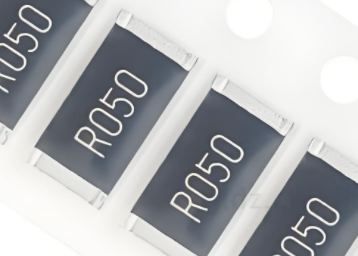
<!-- 引言部分 -->IntroductionIn the field of electronics and electrical engineering, accurately measuring electrical current is crucial for various applications such as power management, battery m...
-
Power Supply Surge Protection Resistors: Essential Components for Modern Electronics
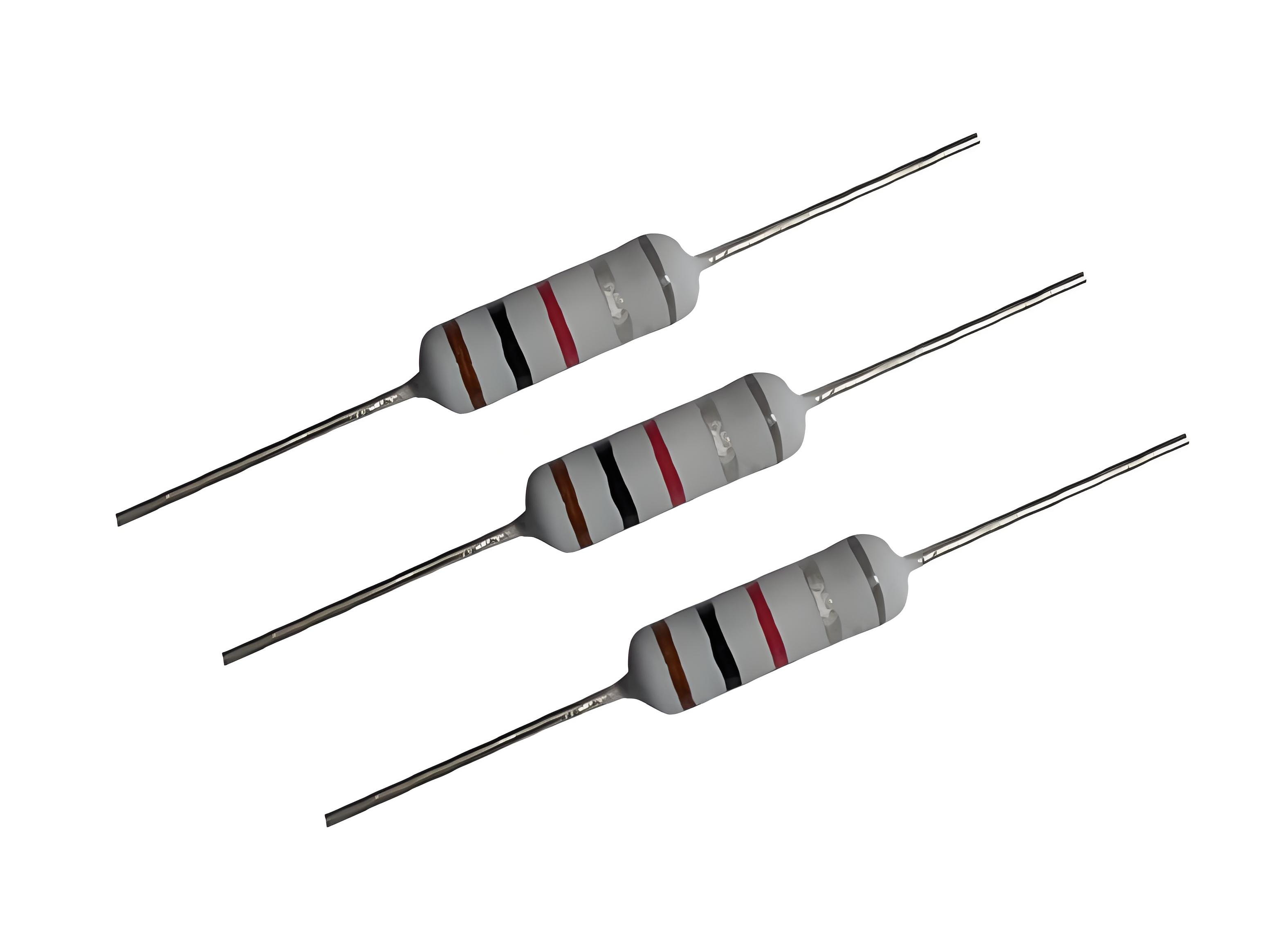
Power Supply Surge Protection Resistors: Essential Components for Modern ElectronicsIn modern electronics, power supply surge protection resistors play a crucial role in safeguarding sensitive circuit...
-
600W Power Resistor: Comprehensive Technical Specifications & Applications Explained
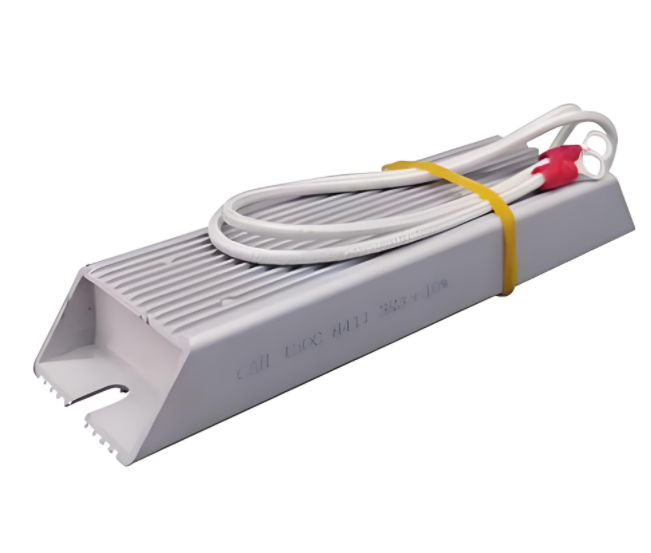
600W Power Resistor: Comprehensive Technical Specifications & Applications Explained<!-- 引言 -->IntroductionPower resistors up to 600W play pivotal roles in various industrial sectors like elec...
-
Power Shunt Resistor Applications: From Industrial Equipment to Renewable Energy and Electric Vehicles

IntroductionPower shunt resistors are essential components in various electrical systems, providing critical functions such as current sensing, voltage division, and power management. Their applicatio...
-
High Voltage Carbon Composition Resistors: The Ideal Choice for Power Electronics Circuits

High Voltage Carbon Composition Resistors: The Ideal Choice for Power Electronics CircuitsIntroductionIn the rapidly evolving field of power electronics, selecting the right components is crucial for ...
-
The Critical Role of High Power Resistors in 5G Infrastructure

<!-- Introduction -->Introduction: The Critical Role of High Power Resistors in 5G InfrastructureAs 5G networks expand globally, the demand for high-power resistors in 5G base stations grows exponenti...


